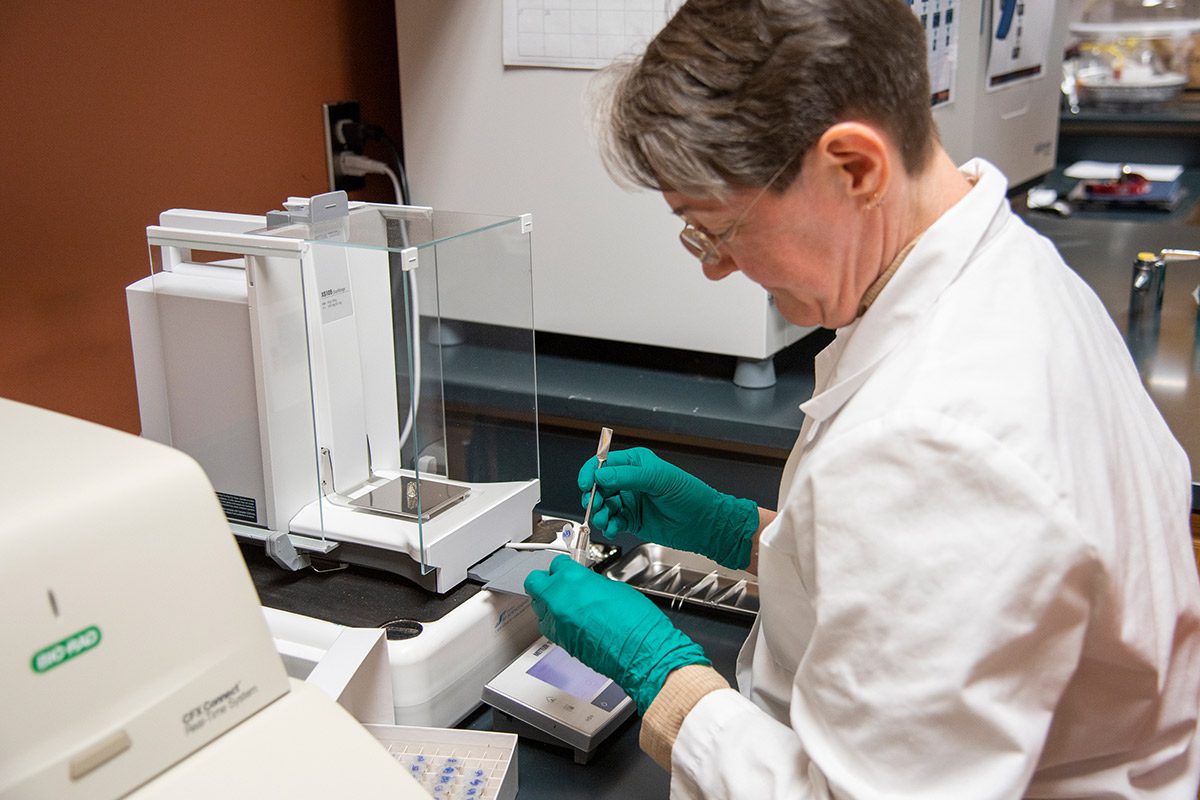
BESS’ Drs. DeBruyn, Essington and Taylor teamed up the with the Center for Agricultural Synthetic Biology, the Forensic Anthropology Center and Civil and Environmental Engineering to study the elements released to the environment when a body decomposes. Sulfur, phosphorus, sodium, and potassium, all relatively abundant elements in the human body, all increased in the soils as the soft tissues in the bodies decomposed, as expected. What was more surprising was there were increases in calcium (Ca) and magnesium (Mg) and several trace metals greater than what would be expected from the input of the body alone. They hypothesized that this was because soils have capacity to bind cations like Ca2+ and Mg2+ or form mineral complexes with trace metals, and changing conditions resulted in the release of these elements from the soil itself. This study was an important contribution to our broader understanding of local environmental changes during human decomposition, which may ultimately help us understand the timing of decomposition in cases where human remains are found outdoors.
For more information, please read the PLOS ONE article, the writeup on the University of Tennessee Department of Civil and Environmental Engineering website and the EurekAlert! news release.